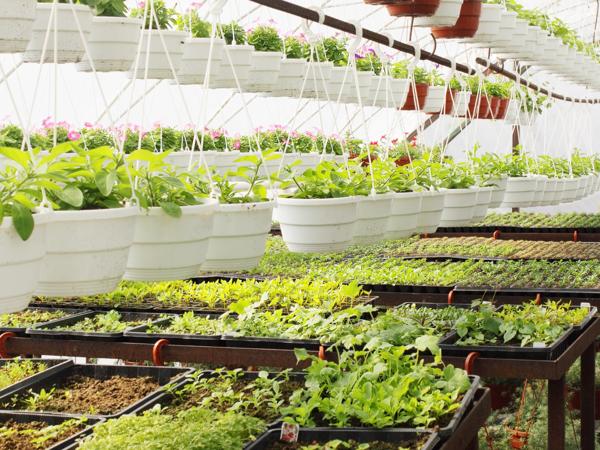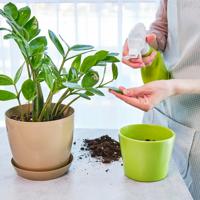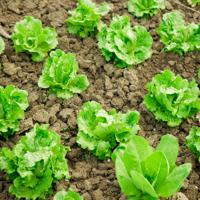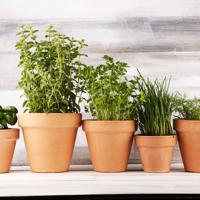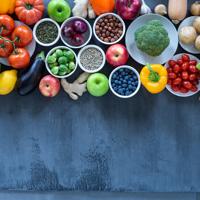Hydroponics, a method of cultivating plants without soil, has gained attention for its potential to grow fresh produce year-round. It offers a practical solution for those keen on gardening in limited spaces or less than ideal soil conditions.
In this article, we will explore some plants that thrive in a hydroponic environment. While this list isn’t exhaustive, it’s a good starting point for anyone interested in sustainable food production.
1. Lettuce
Lettuce is often recommended for hydroponic systems because of its fast growth rate and relatively small size. Varieties such as butterhead, romaine, and loose-leaf lettuce can be harvested as soon as 3 to 4 weeks after planting.
Why Lettuce?
- Fast Growing: Quick turnaround time from seed to harvest.
- Minimal Space: Compact size allows for dense planting.
- Versatile: Suitable for various hydroponic setups, including NFT (Nutrient Film Technique) and DWC (Deep Water Culture).
2. Basil
Basil is a great herb for hydroponic cultivation, appreciated for its aromatic leaves and culinary uses. It’s both delicious and easy to grow, making it a popular choice for beginners.
Reasons to Grow Basil
- Grows Well Indoors: Thrives in environmental conditions that can be easily controlled in hydroponics.
- Continuous Harvest: Regular pruning encourages more bushy growth and extends harvesting period.
- Popular Use: Great for making pestos, flavoring dishes, and even as herbal medicine.
3. Spinach
Spinach is a nutrient-dense leafy green that performs well in hydroponics due to its ability to adapt to controlled environments.
Spinach Benefits
- Nutrient Rich: High in vitamins A, C, and K, as well as folate and iron.
- Cool Environment Tolerance: Prefers cooler temperatures, making it suitable for indoor systems away from intense sunlight.
- Quick Harvest: Generally ready to harvest in about 30 days from seeding.
4. Strawberries
Strawberries can be a rewarding hydroponic project, bringing sweet, juicy fruits to your table without the need for garden space.
Growing Strawberries Hydroponically
- Space Efficient: Vertical systems can be utilized effectively.
- Disease Resistance: Indoor systems help protect from soil-borne diseases.
- Fruit All Year Round: With suitable lighting, strawberries can be grown throughout the year.
5. Tomatoes
Although slightly more complex, tomatoes are a popular choice for hydroponic growers due to their prolific fruit production and culinary usefulness.
Tomato Traits
- High Yield: Capable of producing a substantial number of fruits in a small space.
- Variety Choices: Cherry, grape, and dwarf varieties adapt well to home hydroponics.
- Nutritional Value: Rich in vitamins A and C, and a good source of the antioxidant lycopene.
Conclusion
Hydroponics offers an engaging way to sustainably produce fresh produce and herbs, directly from your indoor garden. With practice and the right conditions, a wide variety of plants can thrive hydroponically.
It’s essential to adjust pH levels, monitor nutrient solutions, and ensure appropriate light exposure to meet specific plant needs. Experimenting with different plants can provide insight and enhance your understanding of hydroponic systems. Happy growing!
References
- Howard M. Resh, “Hydroponic Food Production: A Definitive Guidebook for the Advanced Home Gardener and the Commercial Hydroponic Grower”
- “The Curious World of Hydroponics: Growing Without Soil” by P. Romagnoli and I. De Nisi
- Online resources such as gardening blogs and forums offer practical, real-world insights into best practices for hydroponic gardening.
